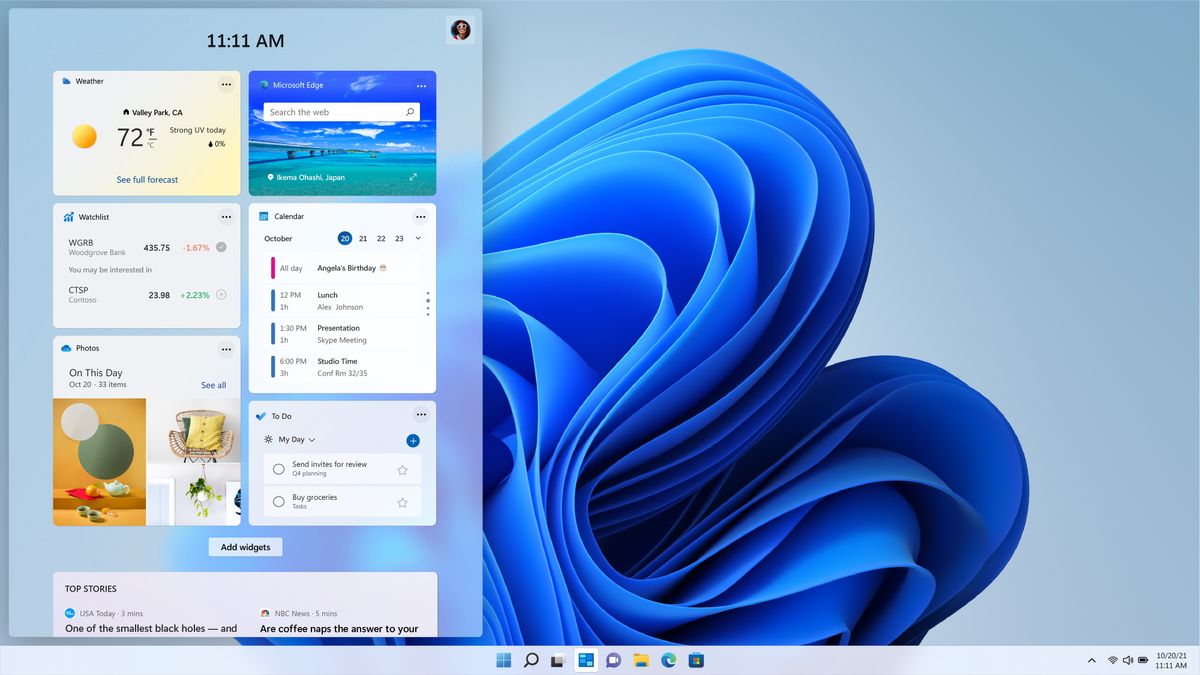The upcoming Windows 11 24H2 update is poised to be a significant one, despite the absence of a Windows 12 release this year. The rise of AI and the integration of AI technology into the latest CPUs from AMD and Intel are expected to lead to a surge in AI-assisted applications. Microsoft is at the forefront of this trend, introducing a high-quality feature with AI assistance that is likely to debut in the 24H2 update.
Recently, a Twitter user named PhantomOfEarth (via Neowin) shared images from the Windows 26052 preview build, unveiling Microsoft’s work on a new feature called Automatic Super Resolution. This feature aims to enhance supported applications by leveraging AI to improve efficiency and detail when activated.
Although it is currently possible to activate this feature using ViveTool (H/T @thebookisclosed), it is not yet fully operational within the system. This indicates that it is still in the development phase, and its performance during testing will be closely monitored.
On the surface, Automatic Super Resolution appears to offer significant benefits. It has the potential to expand the compatibility of existing systems with a wider range of hardware and software. This could be particularly advantageous for older games that may never receive updates to support technologies like FSR or DLSS, potentially benefiting thousands of such titles.
While specific details about Microsoft’s solution are scarce, it seems to operate in a manner akin to AMD Radeon Super Resolution, which provides upscaling in games lacking FSR support. Unlike specialized AI hardware-dependent solutions, RSR utilizes spatial upscaling and can function across various applications with full-screen output.
Furthermore, Microsoft’s Video Super Resolution feature, designed to enhance video recording quality using AI, appears to be an extension or variation of Automatic Super Resolution.
The evolution of this feature, its implications for existing upscaling technologies, and any potential hardware requirements remain to be seen. While native Windows upscaling support for applications lacking such features is a positive development, it is unlikely to replace DLSS, FSR, or XeSS in the near future, particularly concerning frame generation capabilities.
As with any new technology, real-world testing and thorough analysis will be essential to determine the practical value and performance of this feature.










